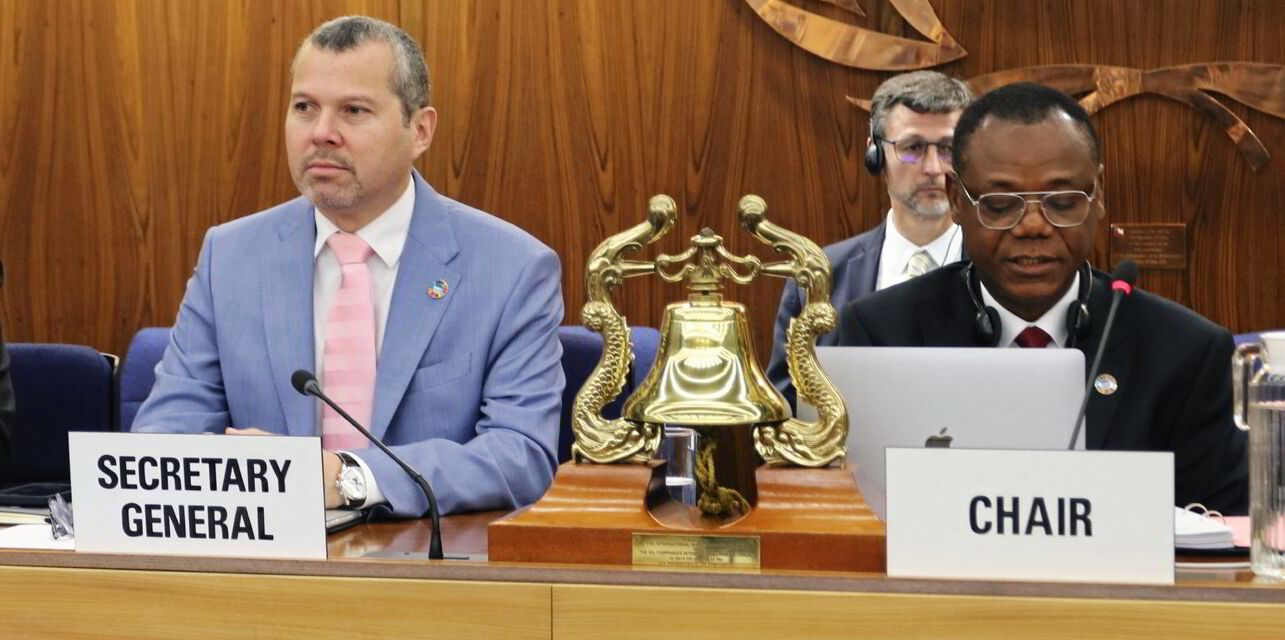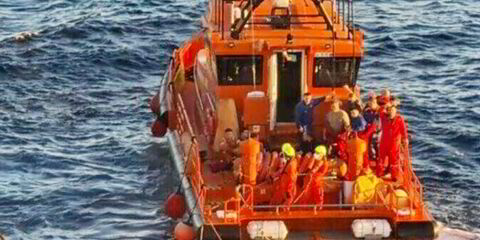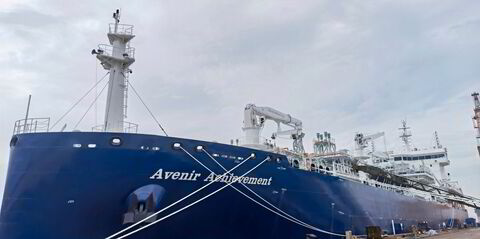International Maritime Organization member states are ramping up their greenhouse gas discussions to meet their deadline for new emissions regulations.
As has been well reported, the IMO has a revised strategy setting tough emissions reduction targets for 2030 and 2050.
The regulator is in the process of developing what it terms a “marine fuel standard”, which will be part of the mechanism for setting the limits of greenhouse gases emitted from ships, and a pricing system where feebate, levy and trading scheme proposals are being considered.
Last week, member states attended a workshop to assess the impact assessments of the proposed measures under discussion.
Next week, members will attend a 17th intercessional meeting and then the week after, during the 82nd meeting of the Marine Environment Protection Committee, there are hopes that a final agreement can be found and then finalised when the MEPC convenes next year.
Because of the way the IMO works, any regulations need to be agreed, adopted and then entered into force. Then there is the need for any actions agreed to actually have an impact.
The workshop, intercessional meeting and discussions at MEPC 82 this month should then lead to a final agreement on the mechanisms and a policy text.
State representatives will then take them back to their countries for consideration.
When the MEPC meets in spring 2025, the hope is the text, including the details of the market-based measure and the technical measure, will be ready for approval.
Then, for possibly the first time in the IMO’s history, there will be an extraordinary meeting of the marine environment safety committee in Autumn 2025 to formally adopt the agreed measures which are then formally approved by the IMO Council and Assembly.
It will then take 16 months before they come into force. At this point the member states of the IMO are expected to have the rules written into their own rules and then, operating as port and flag states, be expected to be part of an enforcement regime.




